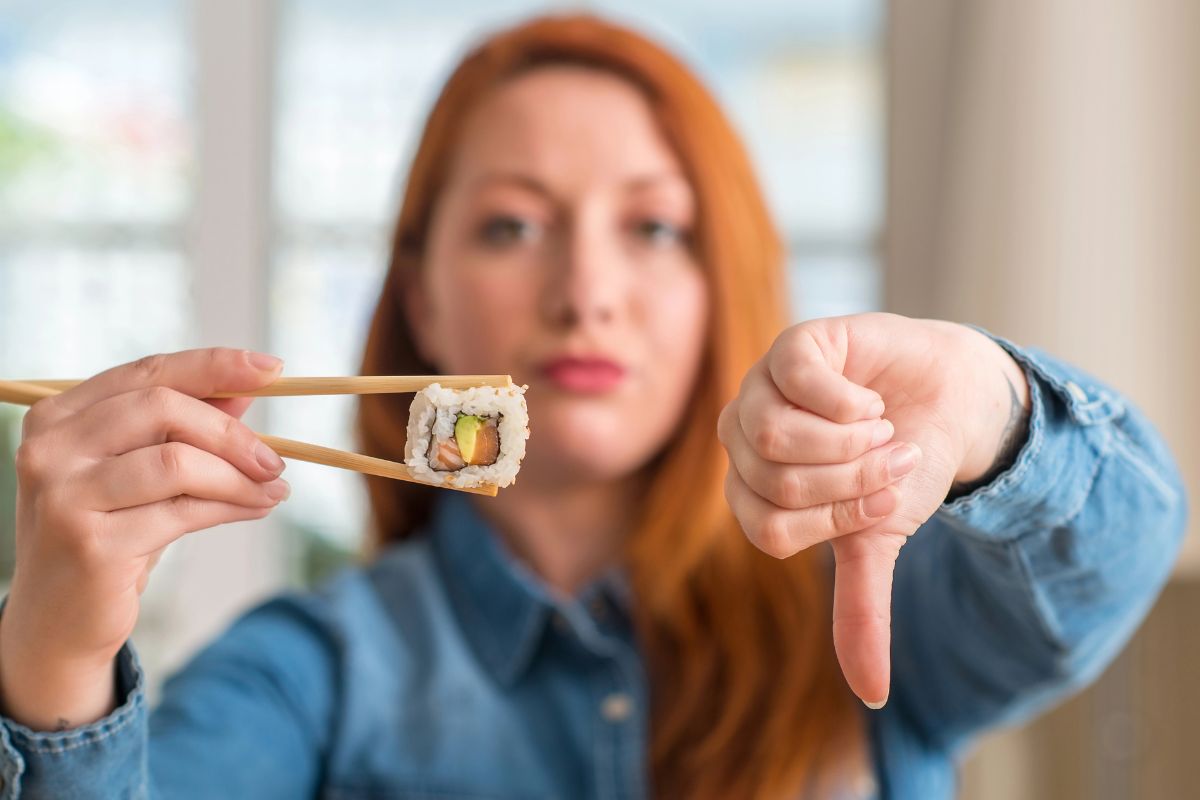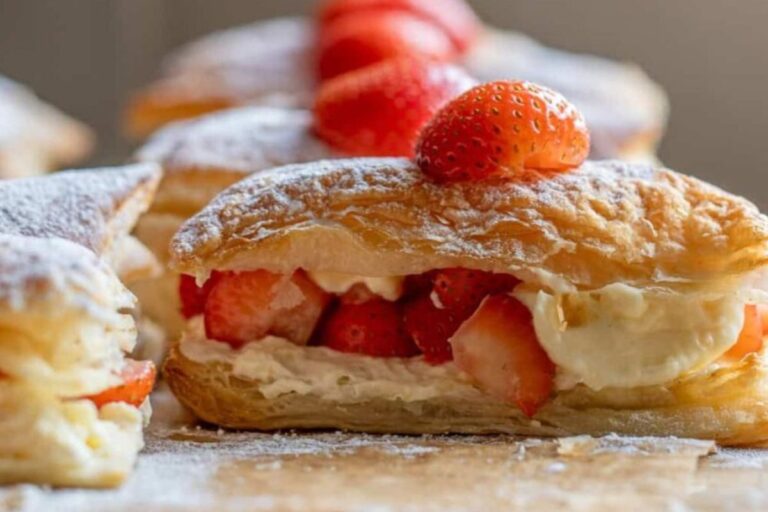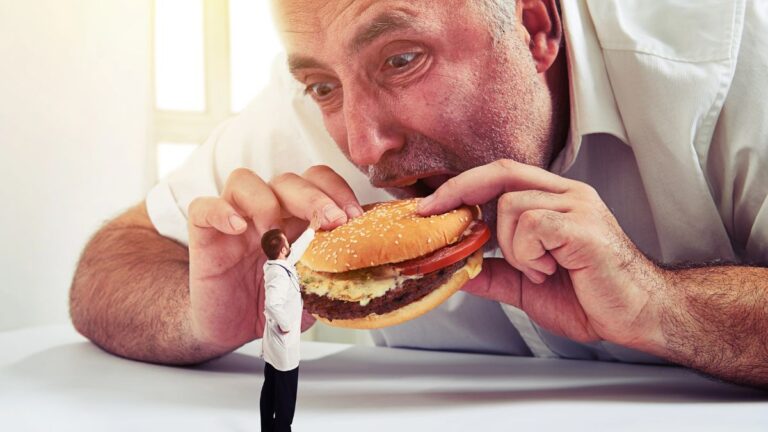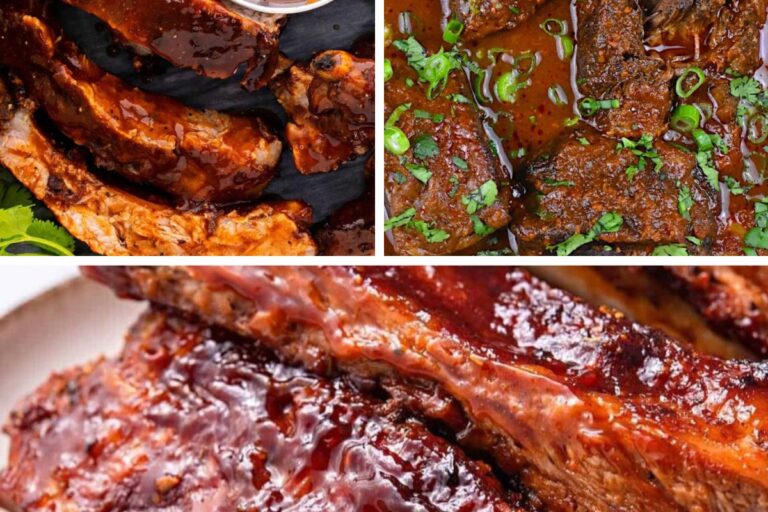15 All-You-Can-Eat Foods You need to Avoid
All-you-can-eat buffets can be tempting, with endless options and the freedom to fill your plate as often as you like. However, not all buffet foods are created equal. Some items might look delicious but can be unhealthy, unappetizing, or risky.
Whether it’s due to high-calorie content, poor preparation, or potential food safety issues, certain foods are better left on the buffet table. Here are 15 all-you-can-eat foods you should avoid to keep your dining experience enjoyable and your health in check.
Sushi
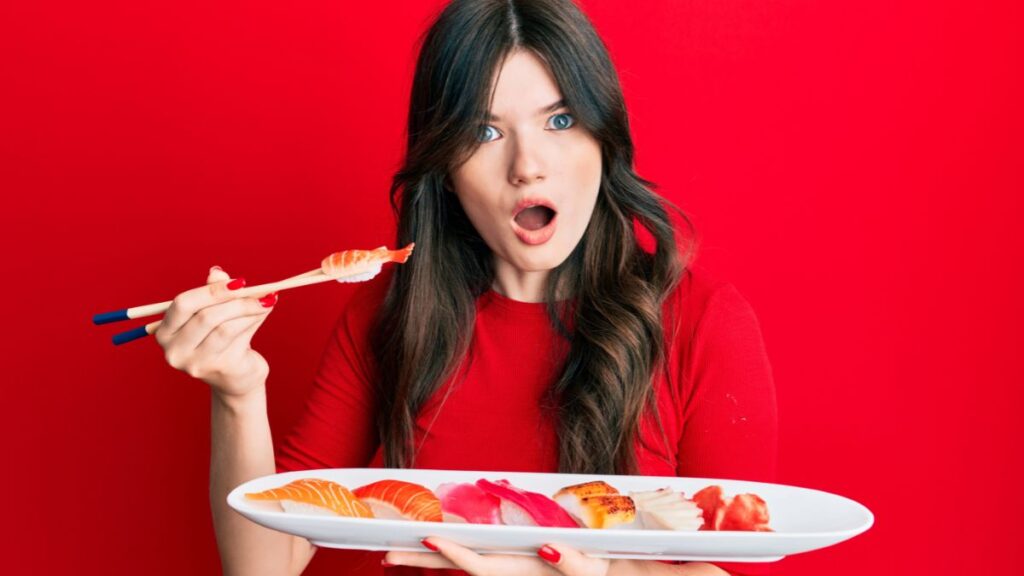
Sushi at an all-you-can-eat buffet might seem great, but it’s often best to avoid it. The quality of sushi at buffets is usually lower than what you’d get at a dedicated sushi restaurant. The fish might not be as fresh, which can pose a risk of foodborne illness, especially with raw fish like tuna or salmon.
Sushi at buffets is often loaded with rice and mayonnaise-based sauces, making it higher in calories than expected. If you’re craving sushi, it’s better to visit a reputable sushi restaurant where quality and freshness are prioritized.
Fried Foods

Fried foods are common at buffets, from fried chicken to onion rings. While they can be tasty, they’re often cooked in oil that’s been reused multiple times, making them greasy and less healthy.
The high-fat content can lead to indigestion and discomfort, especially when eating large quantities. Fried foods are also calorie-dense, so consuming more calories is easy than you realize. It’s wise to steer clear of fried items at the buffet to avoid feeling sluggish and bloated.
Creamy Pasta Dishes
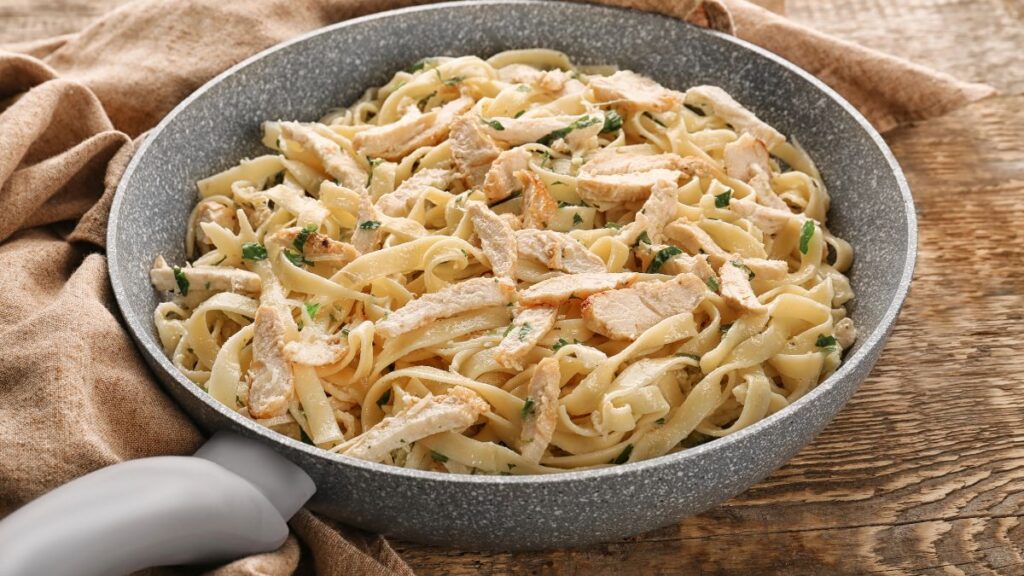
Creamy pasta dishes, like fettuccine alfredo or macaroni and cheese, can be appealing, but they’re usually loaded with heavy cream, butter, and cheese. These ingredients make the dishes high in calories, saturated fats, and sodium, which can contribute to weight gain and other health issues if consumed in excess.
Buffets often use lower-quality ingredients and add extra oil to keep the pasta from drying out, making it even less healthy. If you’re in the mood for pasta, opt for a dish with a lighter sauce or a tomato-based option.
Salad Bar Dressings
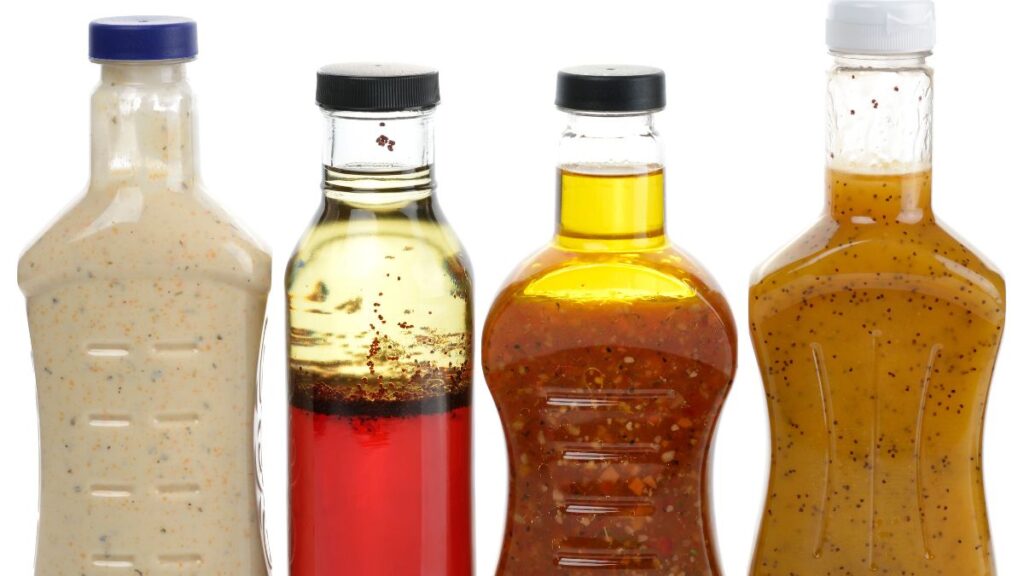
Salad bars might seem like a healthy option at buffets, but the dressings can turn your meal into a calorie bomb. Creamy dressings like ranch, Caesar, and blue cheese are often high in calories, unhealthy fats, and added sugars. Even vinaigrettes can be loaded with oils and sweeteners that add unnecessary calories.
Instead of using the provided dressings, consider making your own by mixing a small amount of olive oil with vinegar or lemon juice. This way, you can enjoy a healthy salad without the extra calories and fats.
Seafood
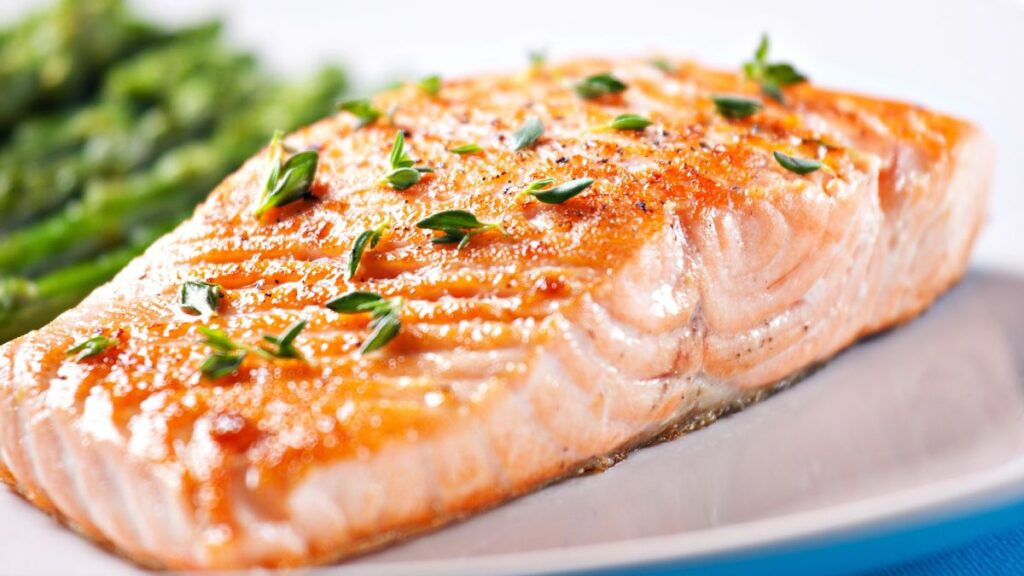
Seafood at buffets can be hit or miss, and it’s often better to avoid it altogether. Items like shrimp, crab legs, and oysters might not be as fresh as they should be, which increases the risk of foodborne illness. Buffets sometimes leave seafood out for long periods, which can lead to bacterial growth.
Seafood is often overcooked or bland, taking away from its natural flavors. If you’re a seafood lover, it’s better to indulge in it at a seafood restaurant where freshness and quality are guaranteed.
Bread and Rolls
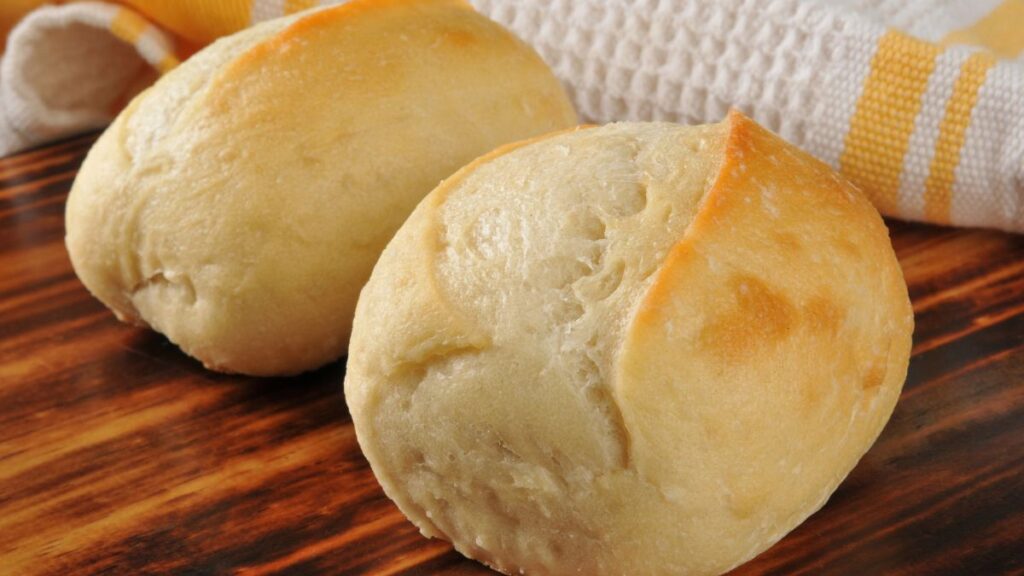
Bread and rolls are often placed at the beginning of a buffet line, encouraging you to fill up on them before you even reach the main dishes. While they might be warm and inviting, they’re often empty calories that can leave you feeling full without providing much nutrition.
Many buffet breads are made with refined flour, which lacks the fiber and nutrients found in whole grains. If you’re looking to make the most of your buffet experience, it’s best to skip the bread and save room for more nutritious options.
Ice Cream

Ice cream is a popular dessert choice at buffets, but it’s often not the best option. Buffet ice cream is usually lower in quality, made with more air and less real cream, which can make it less satisfying.
The toppings like chocolate syrup, sprinkles, and whipped cream add extra sugar and calories. It’s easy to go overboard with multiple scoops and toppings, leading to a sugar overload. If you’re craving something sweet, consider fresh fruit or a small portion of a different dessert instead.
Mashed Potatoes
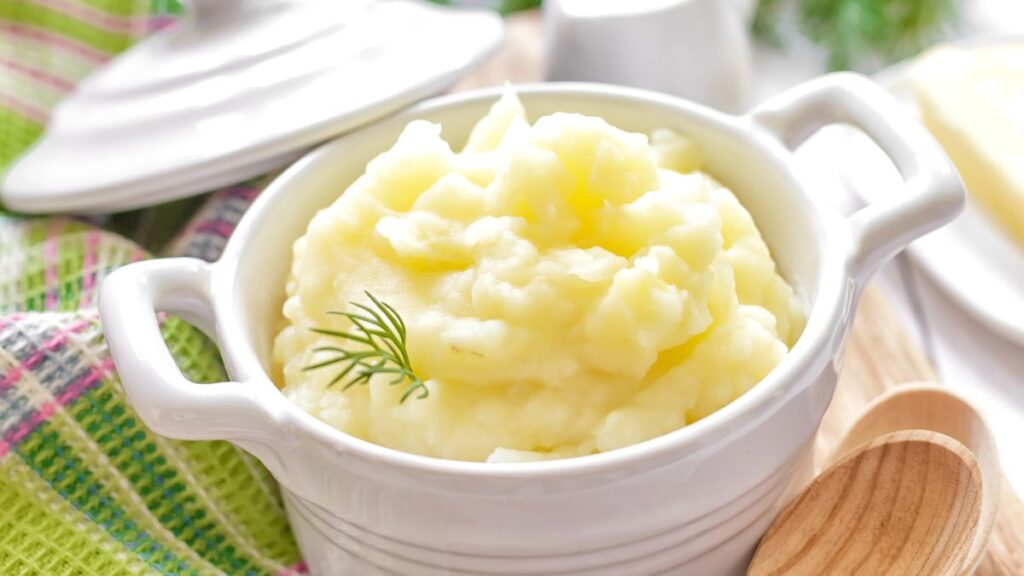
Mashed potatoes at buffets are often loaded with butter, cream, and sometimes even cheese, making them a high-calorie, high-fat option. They’re typically kept warm for long periods, which can cause them to become gummy or dry.
The large quantities served at buffets can make it tempting to take more than you need, leading to overconsumption. If you love mashed potatoes, it’s better to enjoy them in moderation at home, where you can control the ingredients and portion size.
Meat Carvings
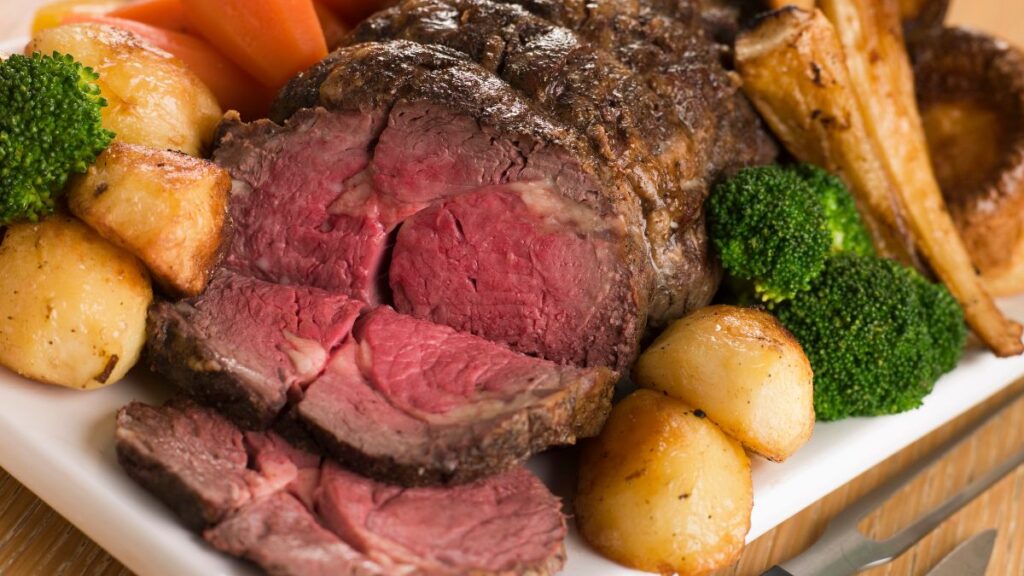
Carved meats like roast beef, ham, or turkey might look appetizing, but they’re often overcooked and dry when they reach your plate. Buffets tend to cook meats too well done to avoid undercooking, which can result in tough and flavorless slices.
These meats are often coated in sauces or gravies that are high in sodium and calories. If you’re in the mood for meat, opt for grilled or roasted options that haven’t been sitting under heat lamps for too long.
Casseroles
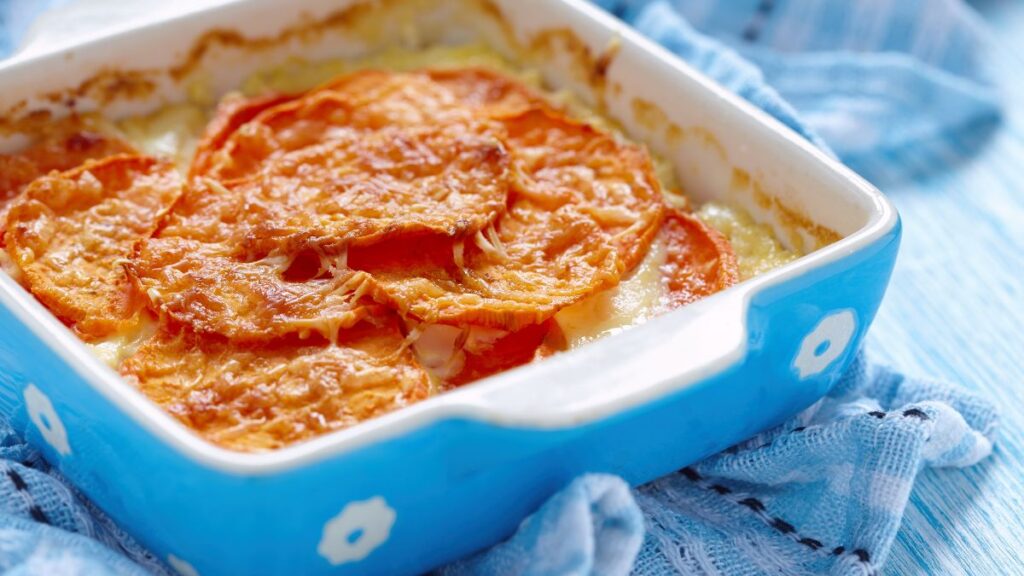
Casseroles at buffets are usually made in large batches, with heavy sauces, cheeses, and other high-calorie ingredients. They can be filling, but they’re often loaded with unhealthy fats, sodium, and preservatives.
Buffets may also use lower-quality ingredients to keep costs down, affecting taste and nutritional value. If a casserole tempts you, it’s a good idea to take a small portion to taste, rather than loading up your plate. This way, you can enjoy a little without overindulging.
Pizza
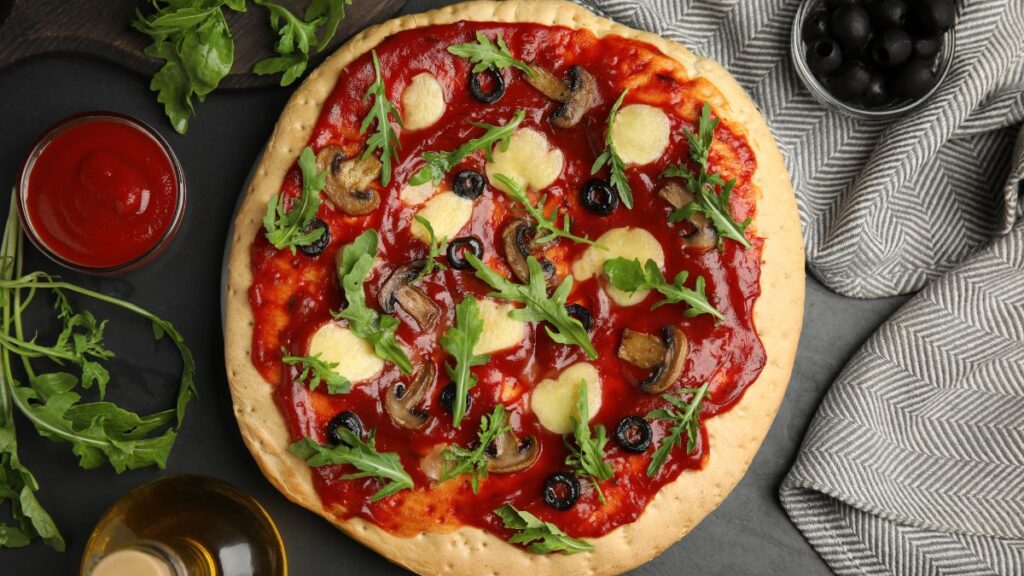
Buffet pizza might seem like a good idea, but it’s often not as fresh or tasty as pizza from a dedicated pizzeria. Buffet pizzas are typically mass-produced, with thick, doughy crusts and heavy toppings that can make them greasy and calorie-dense.
The slices are often smaller, making it easy to lose track of how many you’ve eaten. If you’re craving pizza, it’s better to get it from a place known for making good pizza, rather than settling for a subpar version at a buffet.
Processed Meats

Processed meats like sausages, hot dogs, and deli meats are common at buffets, but they’re best avoided. These meats are often high in sodium, preservatives, and unhealthy fats, which can contribute to health issues if eaten regularly.
Buffets may use lower-quality processed meats that are less flavorful and more heavily processed than what you might buy at the store. If you’re looking for protein, it’s better to choose leaner, fresher options like grilled chicken or fish.
Cheese-Based Dishes

Cheese-based dishes, such as cheesy casseroles, fondue, or nachos, are often high in calories, fat, and sodium. Buffets tend to use large amounts of cheese to make these dishes rich and indulgent, but this can quickly add up in terms of unhealthy ingredients.
The cheese used may also be lower in quality, leading to a greasy texture and less flavor. If you’re a cheese lover, it’s better to enjoy a small portion of high-quality cheese rather than indulging in large, heavy dishes at a buffet.
Desserts
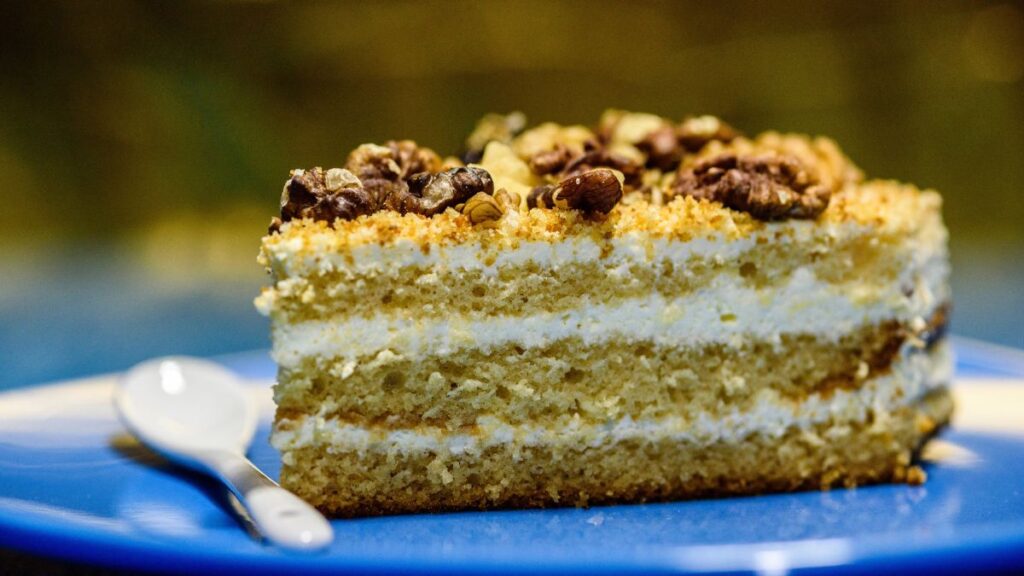
Buffet desserts are often tempting, with a wide variety of cakes, cookies, and pastries available. However, these desserts are usually made with lots of sugar, unhealthy fats, and artificial ingredients, making them less nutritious.
It’s easy to overindulge when there are so many options, leading to a sugar crash later on. If you want something sweet, consider choosing one or two small items to enjoy in moderation, rather than piling your plate with multiple desserts.
Buffet Soups

Soups at buffets might seem like a lighter option, but they’re often high in sodium and made with low-quality ingredients. Cream-based soups can be particularly heavy and calorie-dense, while broth-based soups may be overly salty.
Buffets often use pre-made soups that are reheated, which can affect the flavor and texture. If you’re in the mood for soup, it’s better to opt for a freshly made version at a restaurant known for its soups, rather than a mass-produced version at a buffet.
15 Places Where You’re Expected to Tip—But You Really Don’t Have To

Tipping has become a widespread practice in many industries, with the expectation that you’ll leave a little extra for good service. However, not every situation truly warrants a tip, even if you feel pressured to give one.
15 Places Where You’re Expected to Tip—But You Really Don’t Have To
15 Most Annoying Habits of American Tourists When Dining Abroad

Traveling abroad is an exciting adventure, and dining in new places is a big part of the experience. However, some common behaviors by American tourists can be frustrating for locals and affect the dining experience.
15 Most Annoying Habits of American Tourists When Dining Abroad

